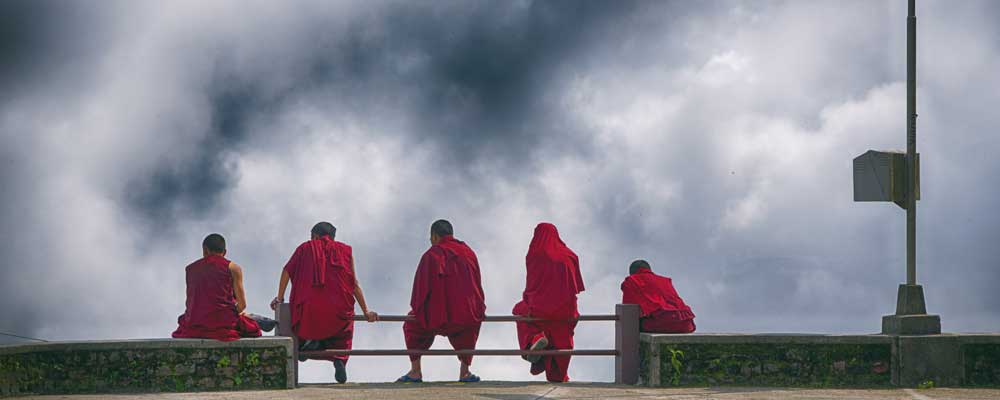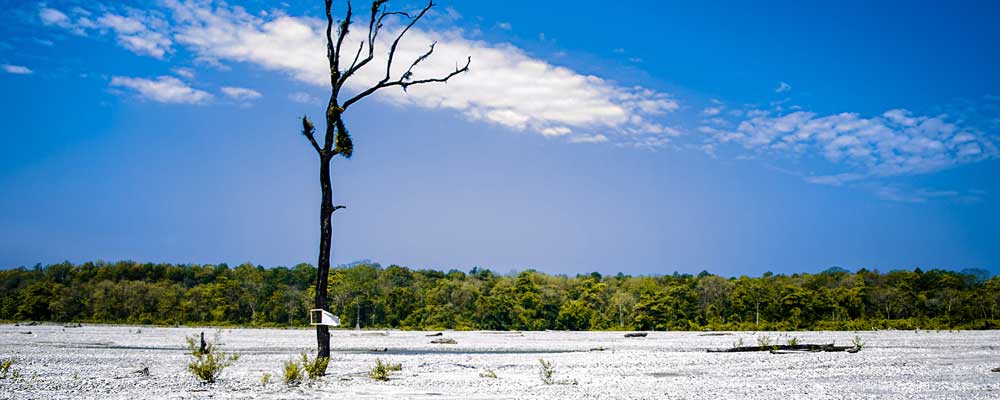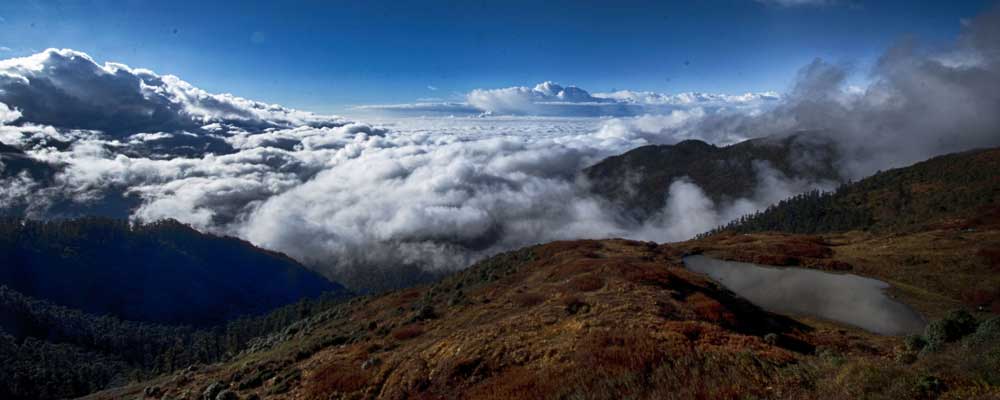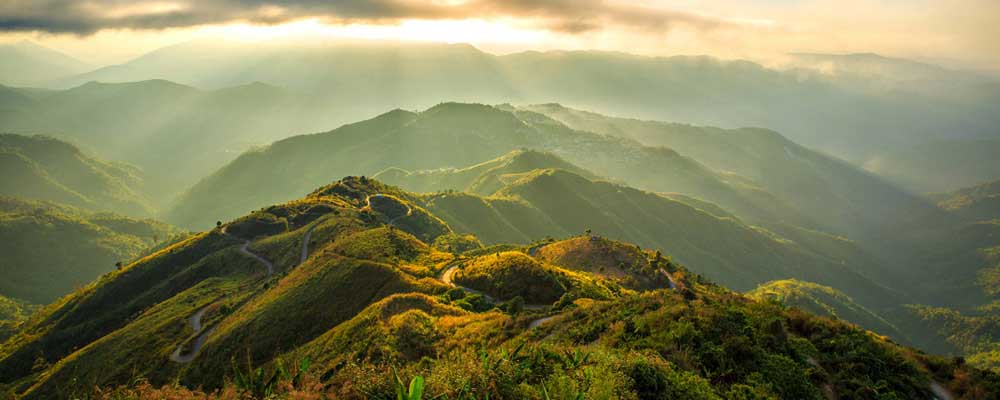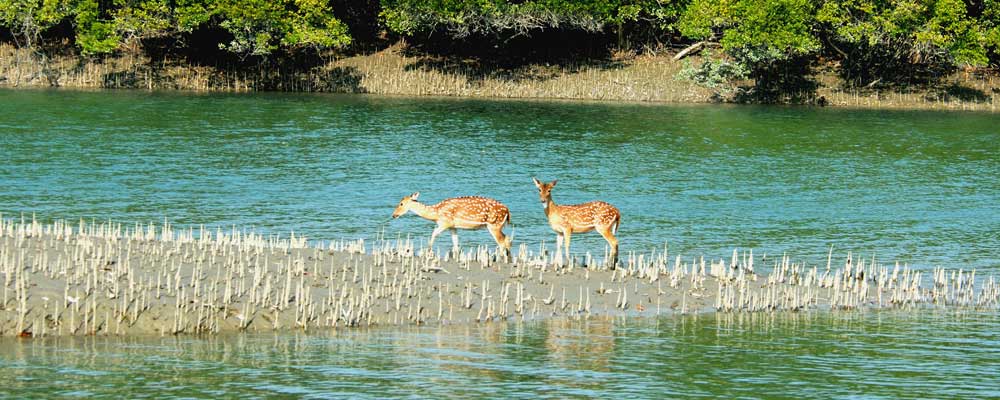Aritar: A Hidden Gem In Sikkim
Would you like to travel till the edge of the mighty Himalayas? If yes, then Aritar is the place for you. This natural beauty can be reached via two routes – Gangtok through Pakyong and Gangtok through Rangpo. Unlike the rest of Sikkim, this tourist destination is largely about lush green forests, paddy fields, lakes, rivers, and mountains. Locally known as ‘Ghati-Tso,’ it is home to a number of monasteries and a British-built bungalow. It’s also an ideal destination for trekking, rock climbing, paragliding, jungle trails, and other adventure sports.
How To Reach Aritar
Your journey will begin in Siliguri at the Bus Bay, NJP Railway Station, or Bagdogra airport. You can reach Aritar via car. Please note that no direct transport service is available from Siliguri to Aritar. You have to ask your travel operator to arrange for the same. In most cases, you will have to go for a break journey and halt in either Gangtok or Rangpo. From Gangtok, Aritar is 60 kilometres and takes 3-4 hours. On the other hand, it is a 2 hours’ drive from Rangpo.
Things To See and Do In Aritar
- Lampokhari Lake: This is a newly developed tourist attraction in Aritar. Although one of the oldest natural lakes in Sikkim, Lampokhari has undergone artificial modifications to incorporate boating facilities. Situated at an altitude of 4,600 feet, this is the only lake in the state where you can indulge in boating.
- Aritar Gumpa: It is one counted amongst the oldest monasteries in Sikkim of the Kagyuapa order of Tibetan Buddhism. The locals consider it as a sanctified ground. The Gumpa bears the exquisiteness of traditional monastic architecture and murals. It also homes Buddhist manuscripts of ancient times.
- Dak Bungalow: The locals called it ‘Ari-Bangla.’ This is a bungalow of the British times built in the year 1897 by the first political officer of Sikkim, Sir James Claude.
- Mangkhim Temple: The temple sits at a height of 6,500 feet in a village called Maity (Kheselakha). The origin of the Mangkhim Temple is associated with the Rais, an ancient, indigenous, and ethnolinguistic group of Nepal.
- Hattipailay Village: This virgin village is famous for the elephant footprints embedded in rocks.
- Parbateyswar Shivalaya Temple: This temple is thronged especially during the monsoons. It contains a sacred vessel which is believed to contain holy waters. Devotees come here during the season to sip this water.
- Kalikhola falls: ‘Kalikhola’ means ‘lonely waters.’ This waterfall is 100 metres in height and located on the Rorathang-Rongli road.
- Changey falls: This waterfall is located near Lampokhari Lake and is 50 metres in height.
- Love Dara: A lesser known spot in Aritar is Love Dara, which is mostly frequented as a picnic spot. It is a low hill destination and offers a beautiful landscape.
- Nirmal Dham: 5 kilometres from Rhenock Bazar lies the holy grounds of Nirmal Guruji. The locals call him ‘Kopchey Baba’ and believe he possesses magical healing powers. Nirmal Dham is thronged by people from across India and abroad.
- Lungchok Valley: A popular trekking destination, the Lungchok Valley is frequented by adventure enthusiasts almost all year round.
Ram Gauri Sangrhalaya and Ever Green Nursery: This is a privately owned nursery-cum-museum situated in the Rhenock Bazar. Built in the year 1970, the establishment exhibits rare manuscripts, driftwood, artistic stones, philately stamps, and a variety of flowers and other botanicals.
When Is The Best Time To Visit Aritar?
Summertime (March to May) is considered the best time to visit Aritar. During March end and April start, the popular Lampokhari Tourism Festival is held. The temperature during this time ranges from 10°C to 20°C and is pleasant for sightseeing. Winters are chilling here and the mercury drops to as low as -2°C. February marks the end of winter in Aritar. During this time, the place receives heavy snowfall and hence, can be unbearable for those who are not used to such low temperatures. Visiting the place is not recommended during the monsoons as Aritar witnesses heavy rainfall.

